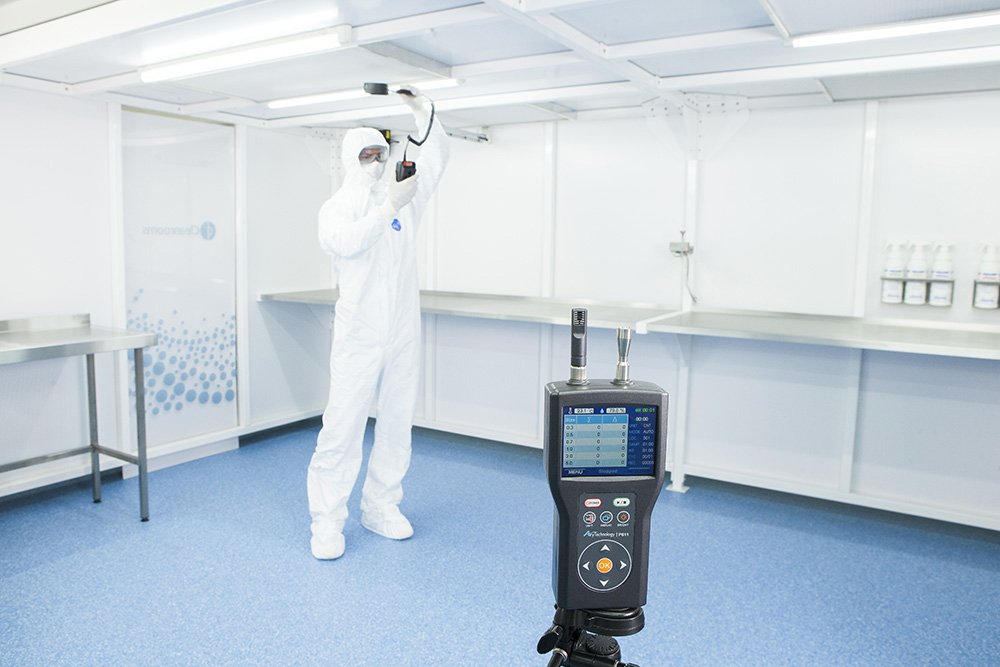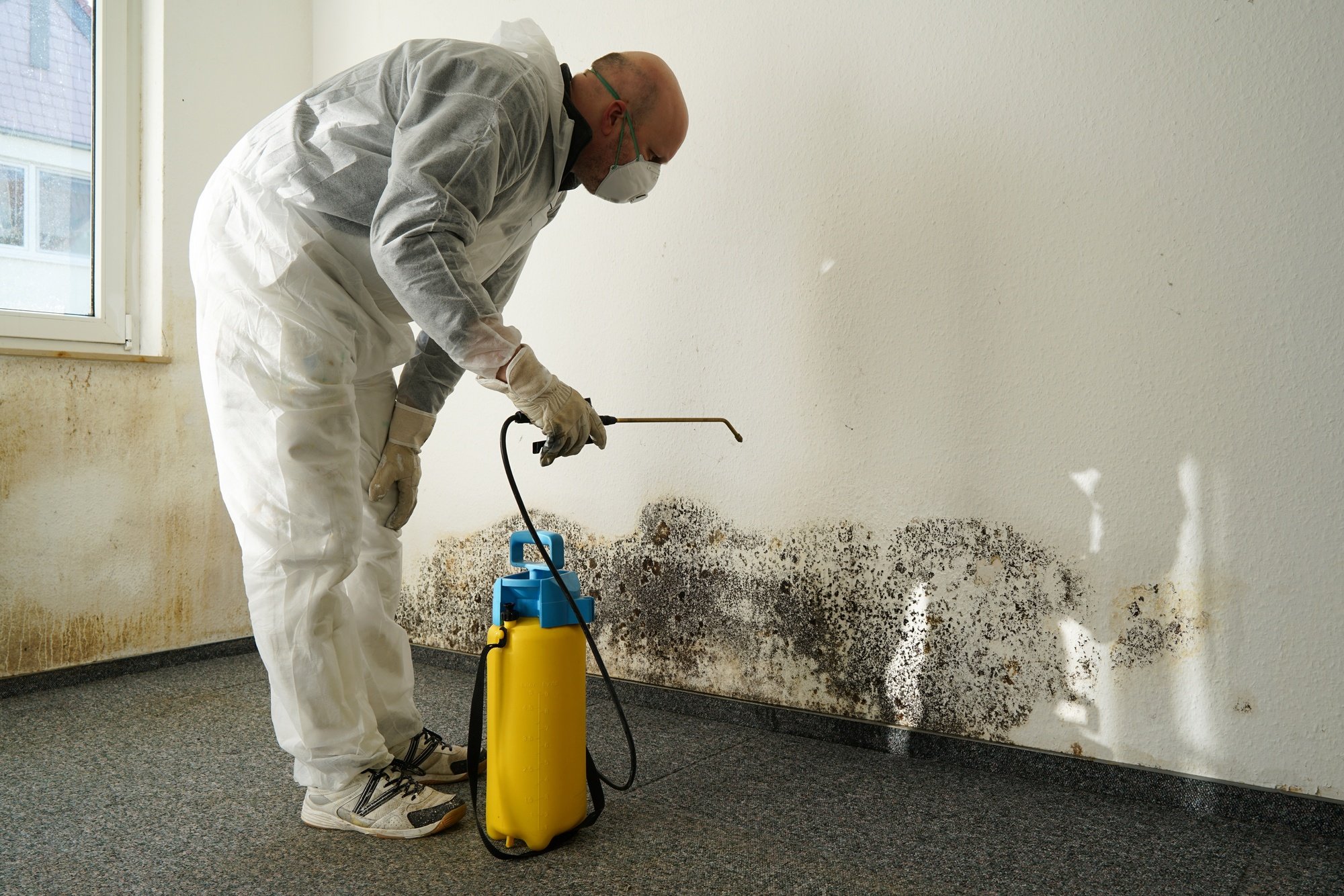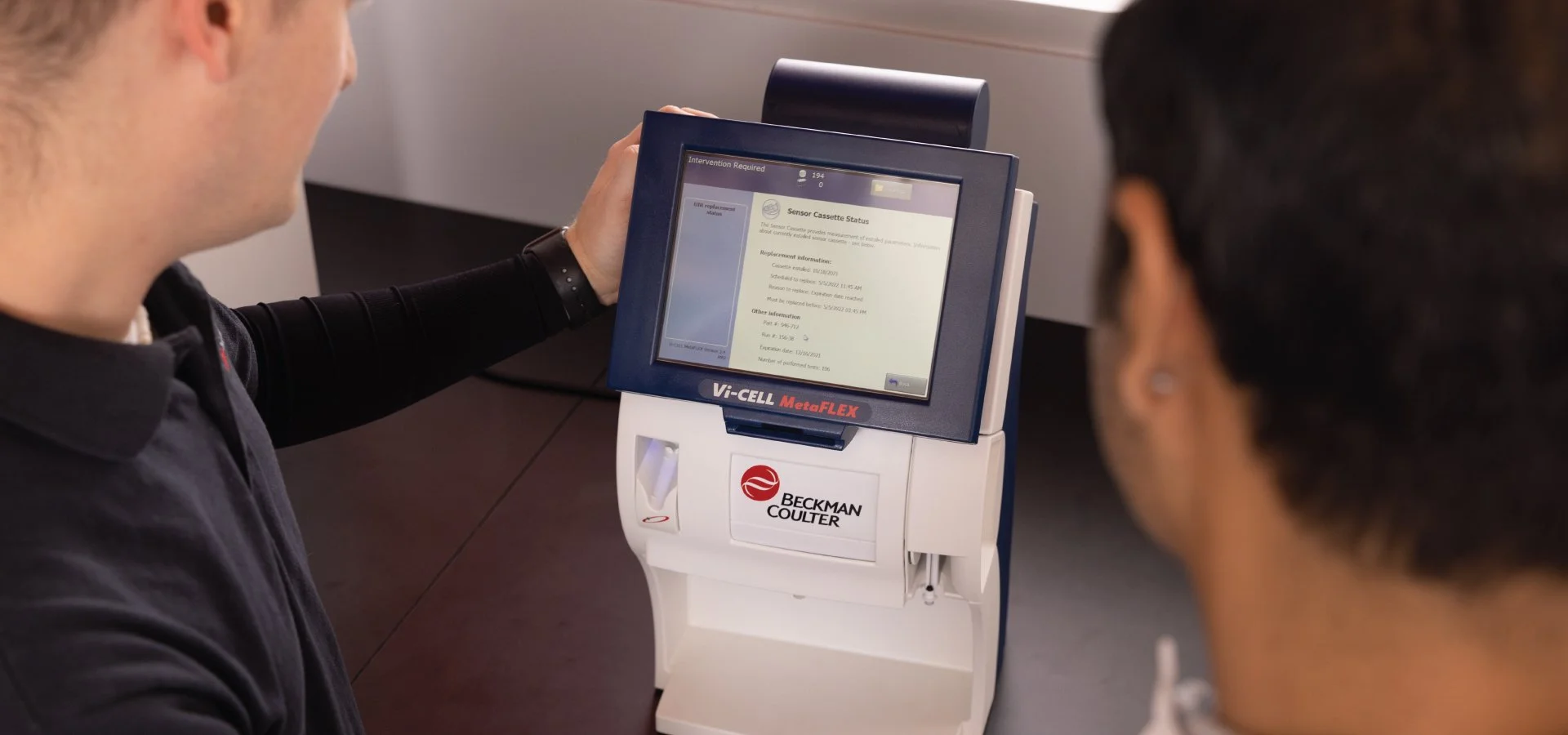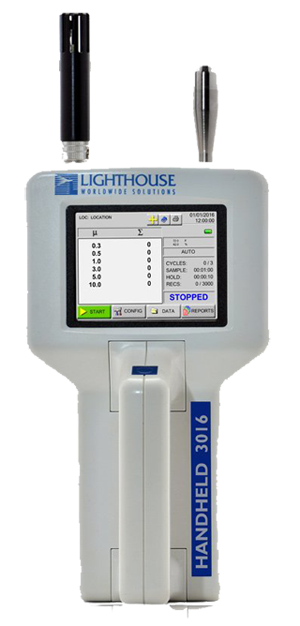
Why Measure Particulate Matter (PM)?
PM affects a large number of people and consists of complex solid and liquid particles suspended in the air. Classified as PM10 or more hazardous PM2.5, these particles can reach deep into the lungs when inhaled, causing respiratory symptoms, reduced lung capacity, aggravated asthma, chronic bronchitis, irregular heartbeats, and even premature death. Indoor particle counts compared to outdoor counts help assess filtration effectiveness and potential indoor sources. Monitoring increasing levels can pinpoint sources, and elevated levels may require laboratory analysis.
Where does particulate matter come from?
Particulate matter originates from various sources, including outdoor dust, pollen, smoke, smog, and indoor factors like copier machines, printers, environmental tobacco smoke, carpet fibers, and pet dander. Outdoor particulates range in size from 2.5-10 µm for respirable particles and 10-25 µm+ for coarse inhalable particles, with fine particles (2.5 µm and smaller) primarily coming from smoke and haze caused by forest fires, power plants, industries, and vehicles. Mold spores, which range from 2-25 µm, are naturally present both indoors and outdoors and can be disturbed and released into the air. Elevated particulate levels within the mold range may warrant mold sampling to identify the type and concentration of mold present in occupied spaces.



